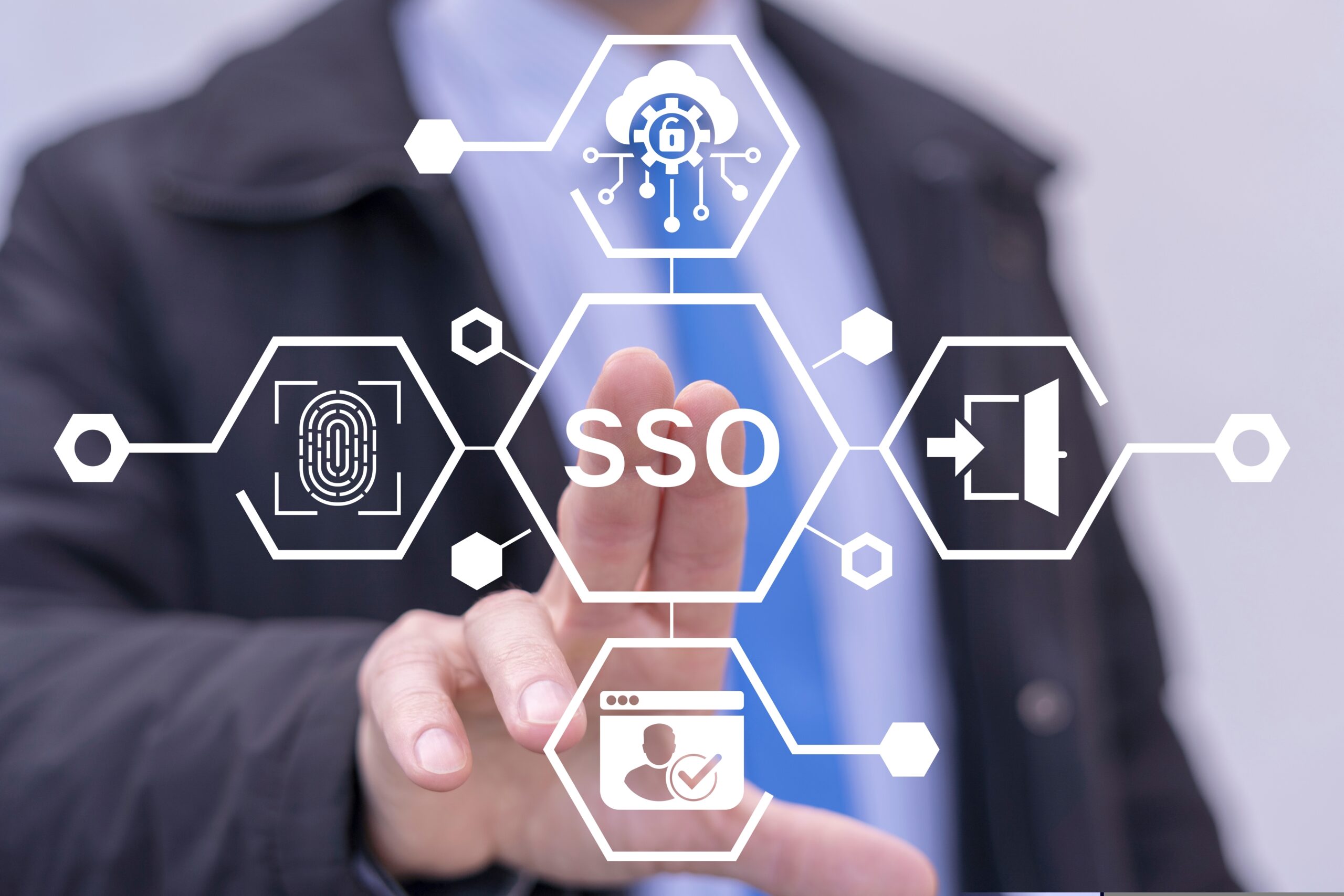Globally, the rate and intensity of extreme weather events and other climate change impacts are growing. Increasing awareness of these ramifications of climate change is leading to mounting support for environmental, social, and governance (ESG) initiatives, however, the prevalence of climate literacy (e.g., the ability to understand and make scientifically informed decisions about the Earth’s climate system) is still limited. That is why, for the past two years, the theme for Earth Day has been “Invest in Our Planet,” with a focus on promoting solutions for climate change within communities, businesses, and governing bodies. One of the practical applications of this concept is a push for greater climate literacy in educational systems. According to a recent New York Times article that offered an overview of climate education across the United States (or lack thereof), this sort of initiative is extremely important, as climate change will have a significant impact not only on the habitable areas for future generations but also the types of jobs that will be available to them.
The Current State of Climate Literacy in Schools
The United States National Oceanic and Atmospheric Administration (NOAA) asserts that the topic of climate is ideally introduced alongside other disciplines as a part of lifelong learning of the scientific process and the interactions between humans and the various systems of the Earth. Through this approach, students will be motivated to comprehend the interconnectivity of concepts in general, and that type of understanding can be extremely beneficial to the development of a growth mindset.
While support for introducing climate change education is strong, those commitments are slow in translating into educational policies. This has been seen in the disparity between the assertions for climate change educational reform at COP26 in 2021 and a UNESCO study later that year which showed that less than half of the 50 countries questioned had instituted any such policies. Additionally, across North America, there is a majority percentage (86% of teachers and 84% of parents polled) of support for increasing climate literacy in schools. However, as the NYT article illustrated, though there are many individual examples of teachers focusing on building climate awareness among their pupils, there has been no overall policy change toward introducing climate change education to the public school curriculum.
Why is Climate Literacy Important?
Scientific research conducted by the NOAA reveals that the Earth’s average surface temperature has risen by roughly 1.08°F during the 20th century, with a fourth of that increase taking place over the last 23 years. This change in globally averaged surface temperature is accelerating incredibly rapidly, especially in comparison to the rate established within the previous 10,000 years. Scientists anticipate that this trend will continue, as will the frequency and intensity of devastating natural results. The negative impacts of this extraordinary shift can reasonably be anticipated to affect every aspect of the economy, environment, health, and safety.
However, with heightened consequences, there are also significant opportunities. The global understanding of climate change has also been accelerating, especially within the public discourse. Last updated in 2021, the Council of the European Union (EU) has endorsed an increased climate ambition that they assert will contribute to sustainable growth, new jobs, and economic competitiveness. Worldwide, those who can apply climate literacy to economic and environmental challenges will be better prepared to succeed when entering the workforce. Therefore, the push for climate science within educational programs is a necessary adaptation to ready the next generation for building climate-resilient communities and carbon-free economies, as this will likely be a huge part of professions across industries.
Climate Literacy in EH&S
In no other industry is this demand for climate literacy more apparent than that of safety. Currently, corporate climate action has yet to reach its ideal and optimal potential, and many leaders in this sector are assigning policymaking and implementation of ESG practices to environmental, health, and safety (EH&S) teams. There are several reasons for this, the most prominent being that many of the goals for these two fields align. Additionally, the method for achieving EH&S excellence typically entails a strong drive to go beyond basic compliance with regulation, a mentality that harmonizes with the principles of ESG.
In an episode of “EHS On Tap,” Katie Martin, Principal Lead of Sustainability and ESG at Avetta, explained how the similar agendas of EH&S and ESG translate to practical application within the workplace. Martin asserts that many of the data points (number of incidents, environmental figures, other safety statistics, companies’ responses to injuries, etc.) used for ESG reports are already collected by EH&S personnel. In her words, “They were doing ESG before it was cool.” Martin also believes that as many EH&S professionals have firsthand experience with navigating a regulatory environment during its development, they may be able to contribute more than reporting capabilities to ESG initiatives and offer advice that will help in the formulation of ESG mandates and avoidance of common compliance pitfalls.
However, while some larger companies may have employees, consultants, or other resources specifically for promoting/handling ESG efforts, if most companies are handing the responsibility to EH&S teams with insufficient or no support to obtain climate literacy, climate action targets will remain short-term and are not likely to achieve a positive return on investment and even sustainability. This is why Martin encourages EH&S professionals to actively seek a greater level of understanding about the creation of ESG processes within their organizations. If climate literacy is more prolific within the industry, EH&S practitioners will not only have the knowledge necessary for handling the roles that they will likely be tasked with, but they will also be more capable of building stronger, more integrated EH&S teams that drive sustainability goals and targets while enhancing annual reporting and disclosure practices on climate performance.
Preparing for the Future
There is a growing likelihood that jobs across industries will require significant knowledge about global warming and climate change. The main objective of education in any form is to prepare the learner for the inevitable, and climate literacy will help the younger generation make more informed decisions concerning professions, investments, and other essential life choices. Acquiring knowledge about how systems of the Earth interconnect will enable students to be problem-solvers in their professions, regardless of which field they choose. Those designing curricula for educational institutions need to recognize that we cannot prepare the next generation to navigate the upcoming challenges without a proper understanding of how to address climate change and create policies that will limit its impacts on vulnerable people and habitats. While training leaders at every level (including those within EH&S) about climate change is a step to build a more sustainable economy today, promoting climate literacy programs in schools is a step that can be taken to give students the tools they need for the future.
Author Bio

Fatima Fasih
Experienced in corporate sustainability in both developed and emerging markets, Fatima Fasih has over 5 years of experience in advising businesses on their sustainability strategies and reporting. She also assists businesses in identifying their progress on the UN Sustainable Development Goals.
Currently, working as an independent Sustainability Consultant, Fatima holds a Masters degree in Sustainability Management and Bachelors in Health Sciences and Environmental Science from the University of Toronto.
She is also certified a Greenhouse Gas Inventory Quantifier (GHG-IQ) and aims to work towards pushing businesses to play a larger role in solving the world’s biggest sustainable development problems: hunger, poverty, and inequality.



